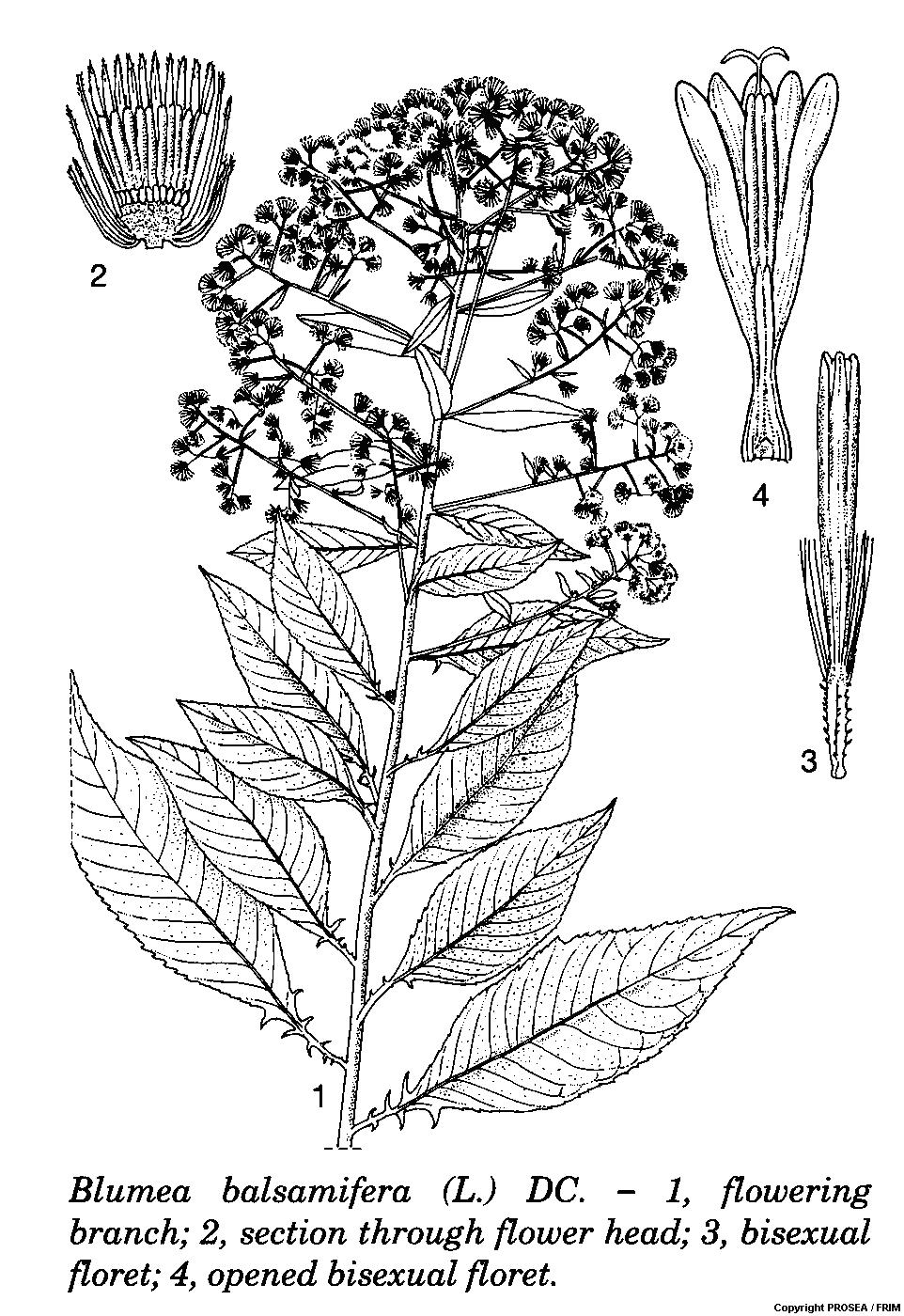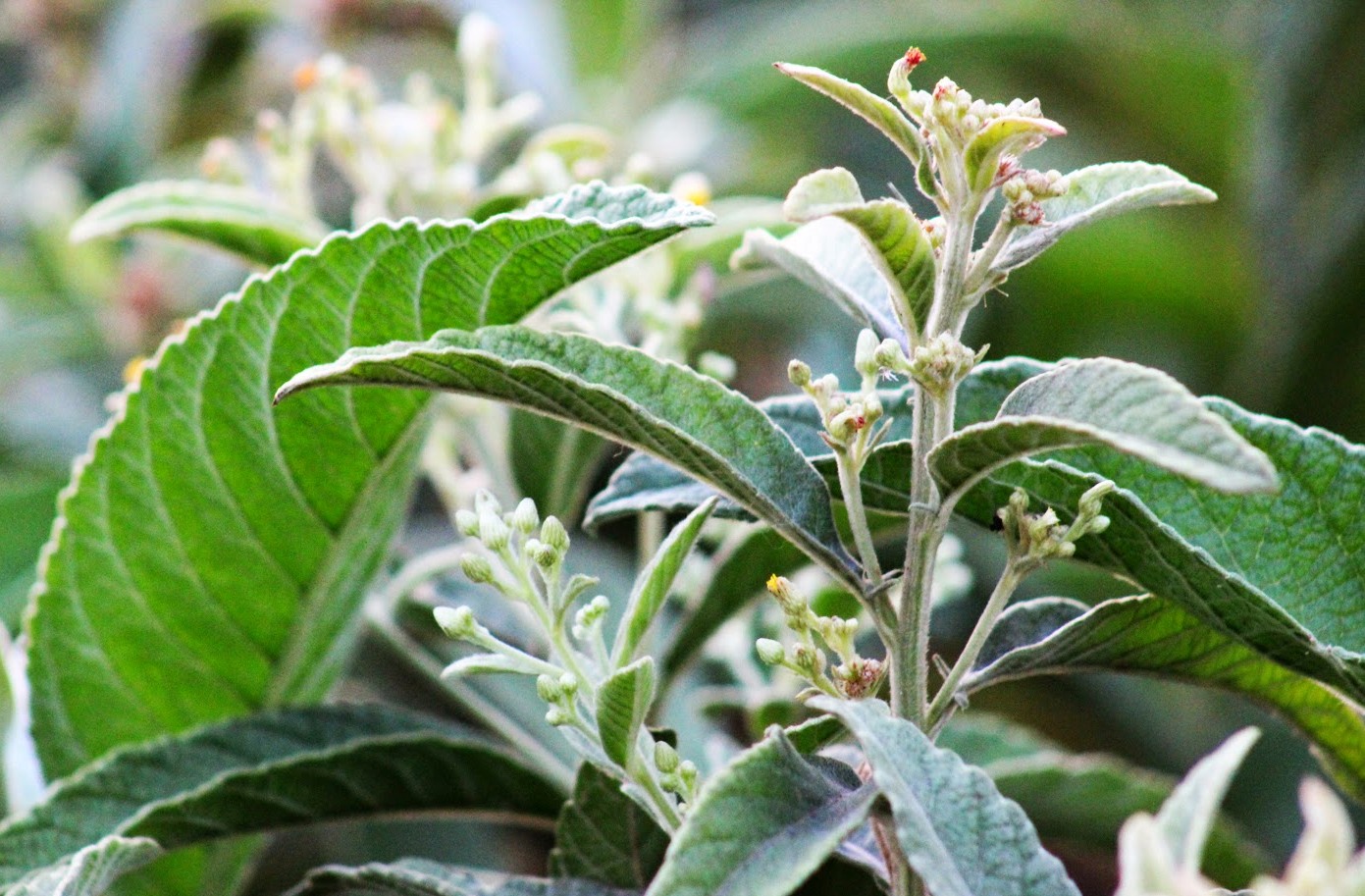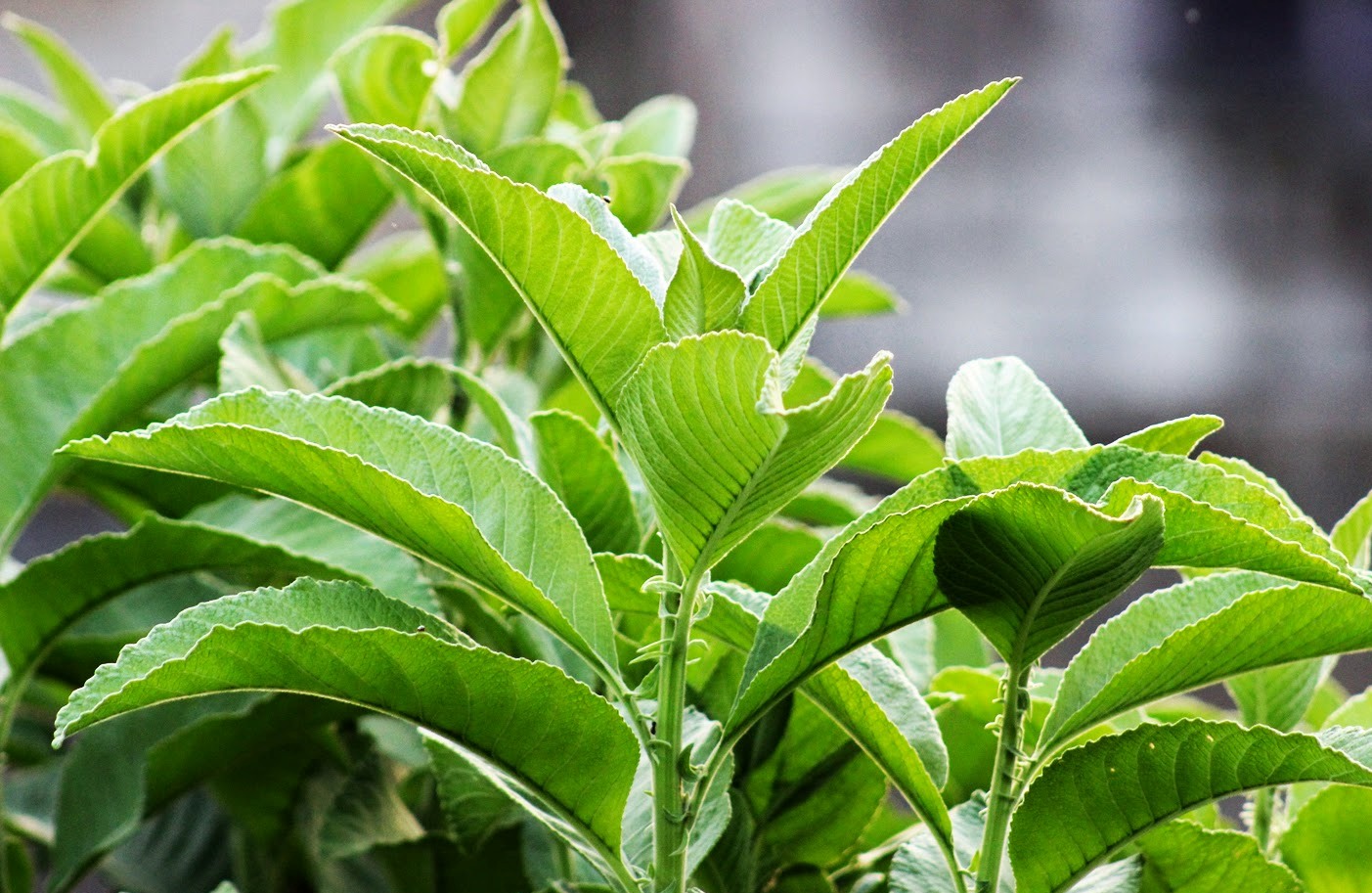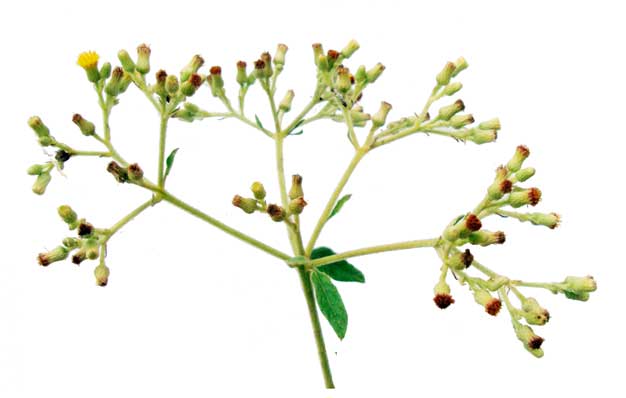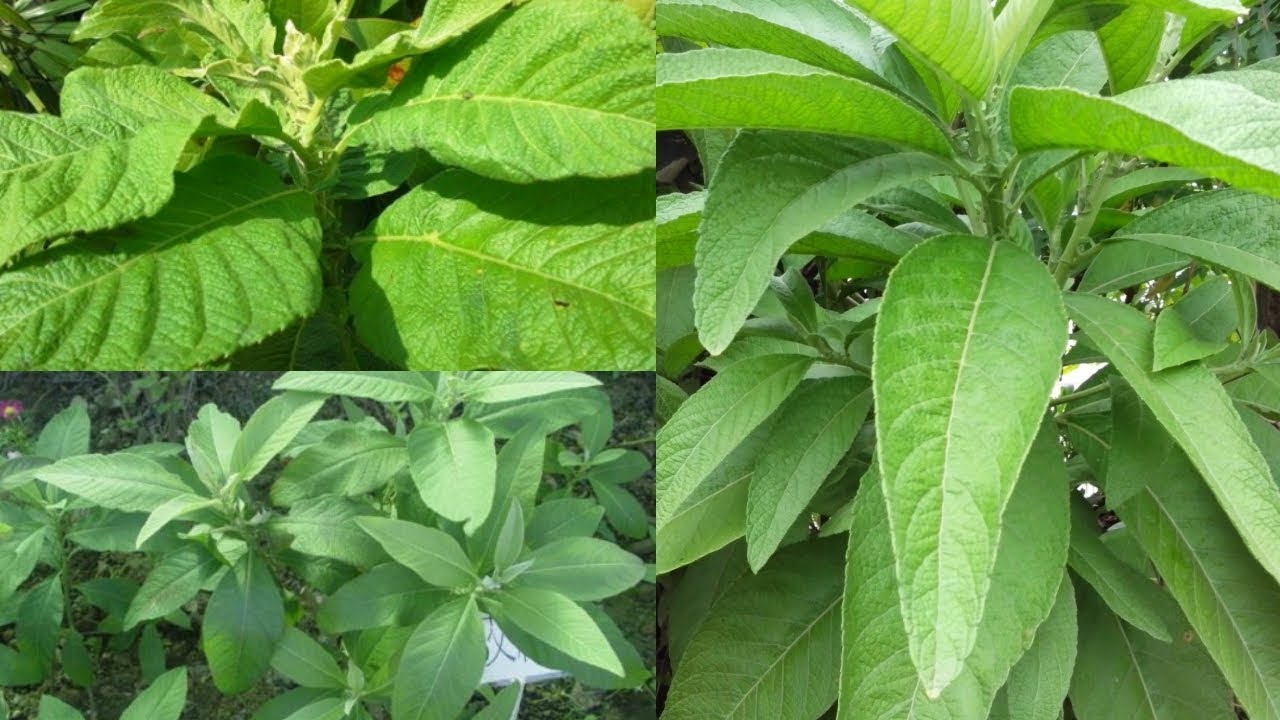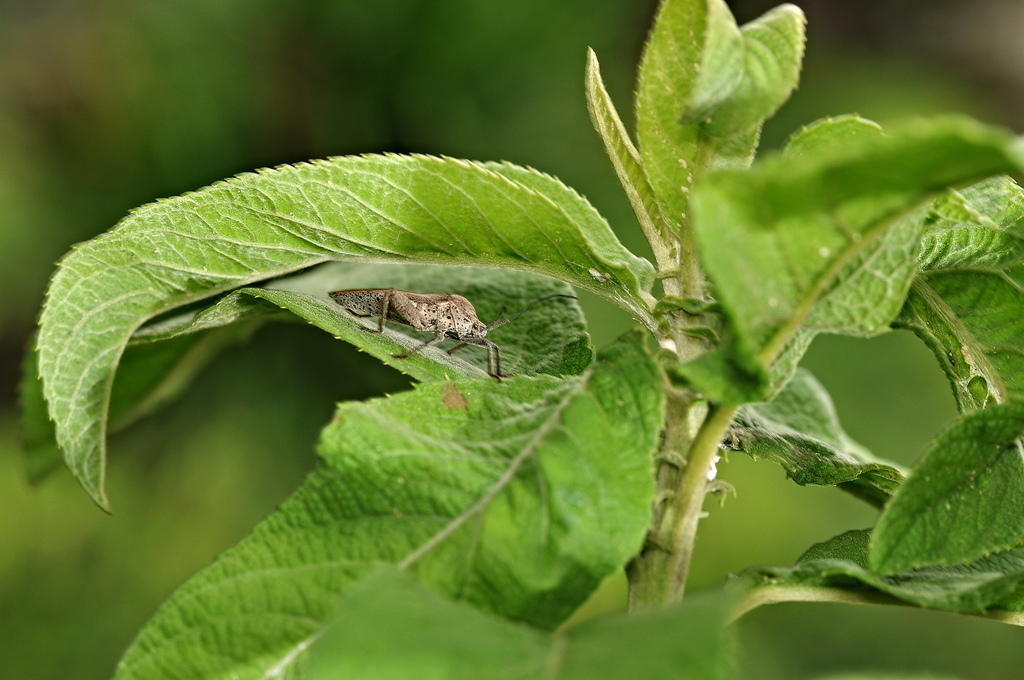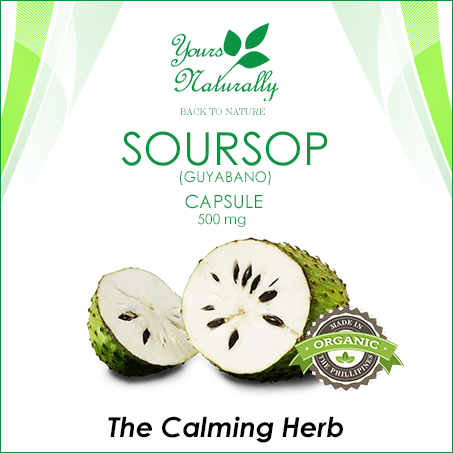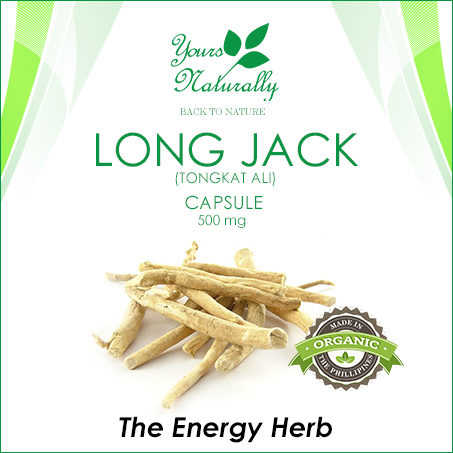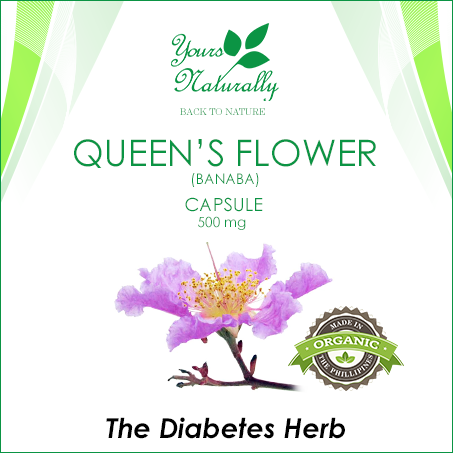Description
Sambong, also known as ‘Blumea balsamifera’, ‘Lakad-bulan’, ‘Blumea campho’r, ‘Dalapo’t and many more names, grows all over in the tropics of Asia and in the Philippines where sambong is well known as a powerful healing agent. Sambong has been used effectively in Asia for treating all kinds of health challenges for hundreds of years. In fact, in the Philippines, sambong is registered as a true medicine with the food and drug department and is available in tablet form at pharmacies.
Sambong does not need much care to grow. The herb is said to smell and taste like camphor. The Government of Philippines has recognized this herb to possess kidney cleansing properties. The leaves of the sambong are used fresh or dried.
1. Diuretic
Sambong is a powerful diuretic that helps to flush the body of sodium and cleans the urinary tract. This in turn gets rid of excess water retained in the system.
2. UTI cure
Since sambong is an excellent anti-bacterial and diuretic agent, it works well for those with urinary tract challenges; urinary tract infection, kidney and bladder stones.
3. Blood pressure control
As a diuretic, it helps to lower blood pressure like most standard medication for high blood pressure by removing excess sodium from the blood, which is a major component in increasing blood pressure and hypertension.
4. Antioxidant
Sambong tea has flavonoids, which are pigments from a plant that act as antioxidants. Antioxidants protect our body cells and DNA from being damaged by free radicals; help to prevent cardiovascular disease, strokes, and cancer.
5. PMS relief
Sambong is a good antispasmodic agent that contains volatile oils that sooth away diarrhea, cramping, and irritations. Sambong as a tea has also been used to sooth away menstrual cramps, help with bloating, and stimulate blood flow to the pelvic region. To make Sambong tea, you need to boil the Sambong leaves in water and let it simmer for about 10-15 minutes, prepare this tea and store it in a clean container. Drink this tea throughout the day, at least 3-4 times for maximum benefits. The smell is aromatic and pungent but soothing at the same time.
6. Throat relief
Sambong is said to act as an expectorant which will aid in getting rid of mucus and phlegm along with curing a sore throat. It is also believed to provide relief from the common cold and fever. It also works well as a gargle.
7. Anti-bacterial and anti-fungal
Phytochemical study indicates that sambong leaves contain the chemicals icthyothereol acetate, cyptomeridiol, lutein and ß-carotene that have been found to have positive activity against microbes such as A niger, T mentagrophytes and C albicans. Results also showed activity against P aeruginosa, S aureus, B subtilis and E coli.
8. Lowers fever
Sambong leaves and roots are pounded before being dissolved in cold water. It is then applied with a soft cloth over the nape, forehead, underarms and other body parts to bring down the body temperature.
9. Pain relief
Sambong acts as an analgesic for patients who need relief from pain after a dental operation; simply gargle the tea or take 2 capsules.
10. Cold and flu relief
Sambong contains methanolic compounds that help with the symptoms of coughs, colds, and flues. To prepare, crush or grind the leaves into a paste and apply directly into the affected part.
11. Wound healing
For superficial wounds, sambong contains antimicrobial agents. The tea and powder may be applied to wounds to promote healing.
12. Kidney cleanser
The Philippine National Kidney and Transplant Institute recommends taking sambong herbal medicine for patients with renal problems. Favorable results were noted that sambong may help to delay or avert dialysis or even kidney transplant. The Philippine Department of Health (DOH) has been promoting sambong herbal tea and tablets as a diuretic and for the dissolution of kidney stones. Sambong is now registered with the Food & Drug Administration as medicine.




